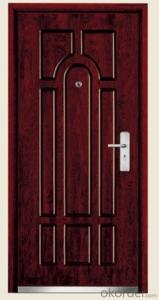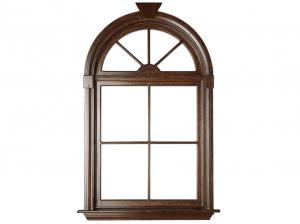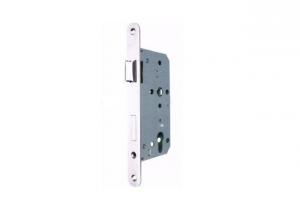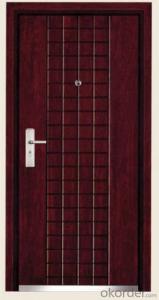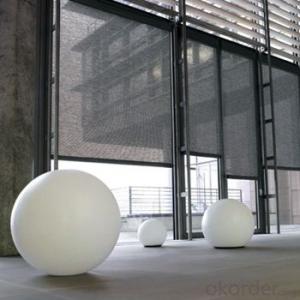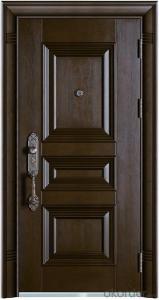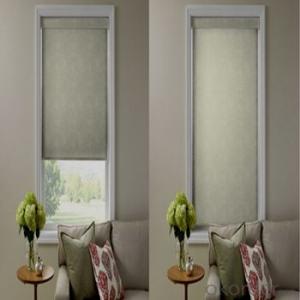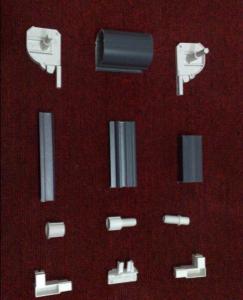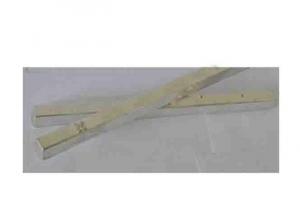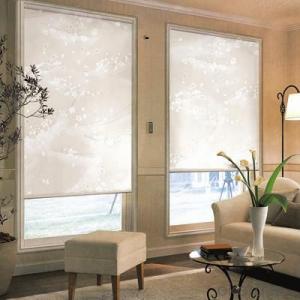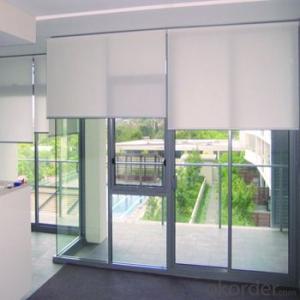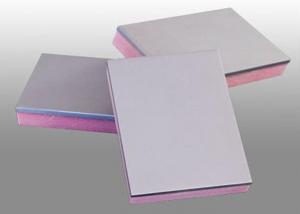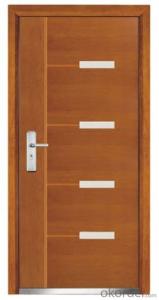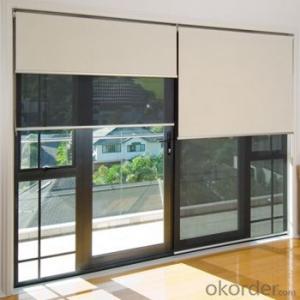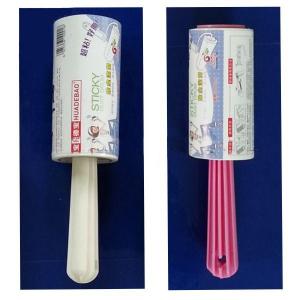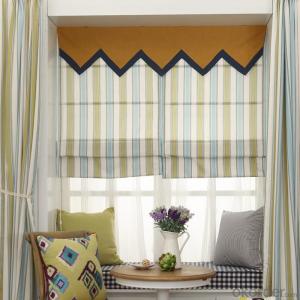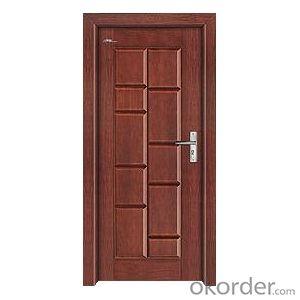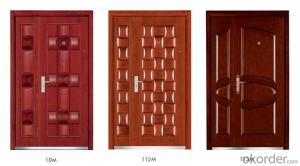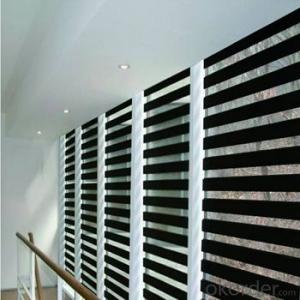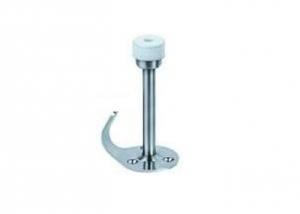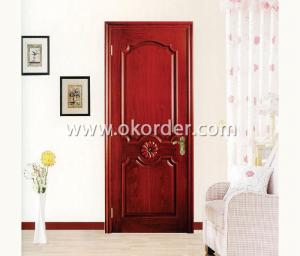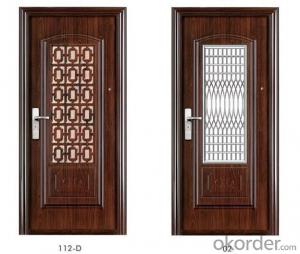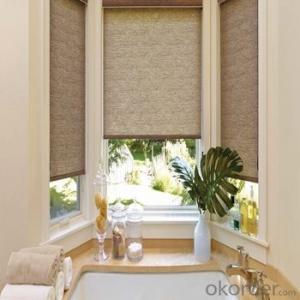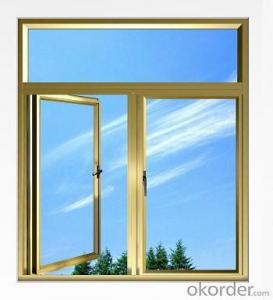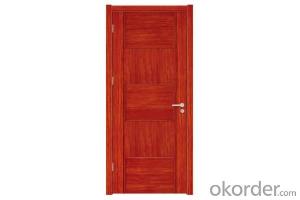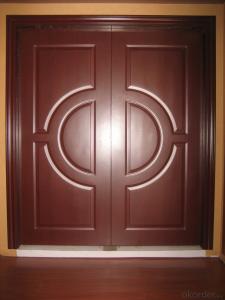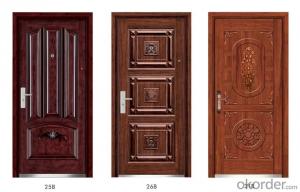Tin Roofs For Homes
Tin Roofs For Homes Related Searches
Lights For Houses Indoor Indoor Lights For Houses House Awnings For Sale Tinplate Tins Tin Foil Trays Soundproofing Homes House Roof Sheets Holiday Lights For House Tinplate For Sale Fine Home Textiles Clay Tiles For Roof Exterior Door Hooks Awnings For Homes Retractable Resin Roof Front Entry Doors House Decorations For Sale Door Stops For Patio Doors Glasshouses For Sale Roof Window Shades Fiber Sheet For Roof Tinplate Lids Stone Roof Tiles Decorative Interior Doors Plastic Roof Tiles For Sale Fiberglass Sheets For Roofing Bi Fold Doors External Doors Soundproofing A House Indoor Window Insulation Tinplate CansTin Roofs For Homes Supplier & Manufacturer from China
Tin Roofs For Homes are a popular choice for residential roofing solutions due to their durability, affordability, and classic aesthetic appeal. These metal roofs are known for their ability to withstand harsh weather conditions and provide long-lasting protection for homes. They are often chosen for their energy efficiency, as they reflect sunlight and reduce heat transfer into the home, leading to lower energy bills. Additionally, tin roofs are lightweight and can be installed over existing shingles, making them a cost-effective option for homeowners.Tin Roofs For Homes are commonly used in various architectural styles, from traditional to modern, and are suitable for both new construction and roof replacement projects. They are particularly advantageous in areas prone to heavy rainfall, snow, and high winds, as they offer excellent water runoff and are resistant to corrosion. Furthermore, these roofs are low maintenance, requiring only periodic inspections and cleaning to ensure their longevity. Homeowners who choose tin roofs can also benefit from their environmental friendliness, as they are often made from recycled materials and can be easily recycled at the end of their lifespan.
Okorder.com is a leading wholesale supplier of Tin Roofs For Homes, boasting a vast inventory that caters to the diverse needs of contractors and homeowners alike. With a commitment to quality and customer satisfaction, Okorder.com ensures that their products meet the highest industry standards. Their extensive selection includes various styles, colors, and thicknesses, allowing customers to find the perfect tin roof to suit their home's design and performance requirements. By partnering with Okorder.com, customers can enjoy competitive pricing, fast shipping, and exceptional service, making the process of selecting and purchasing Tin Roofs For Homes a hassle-free experience.
Hot Products
